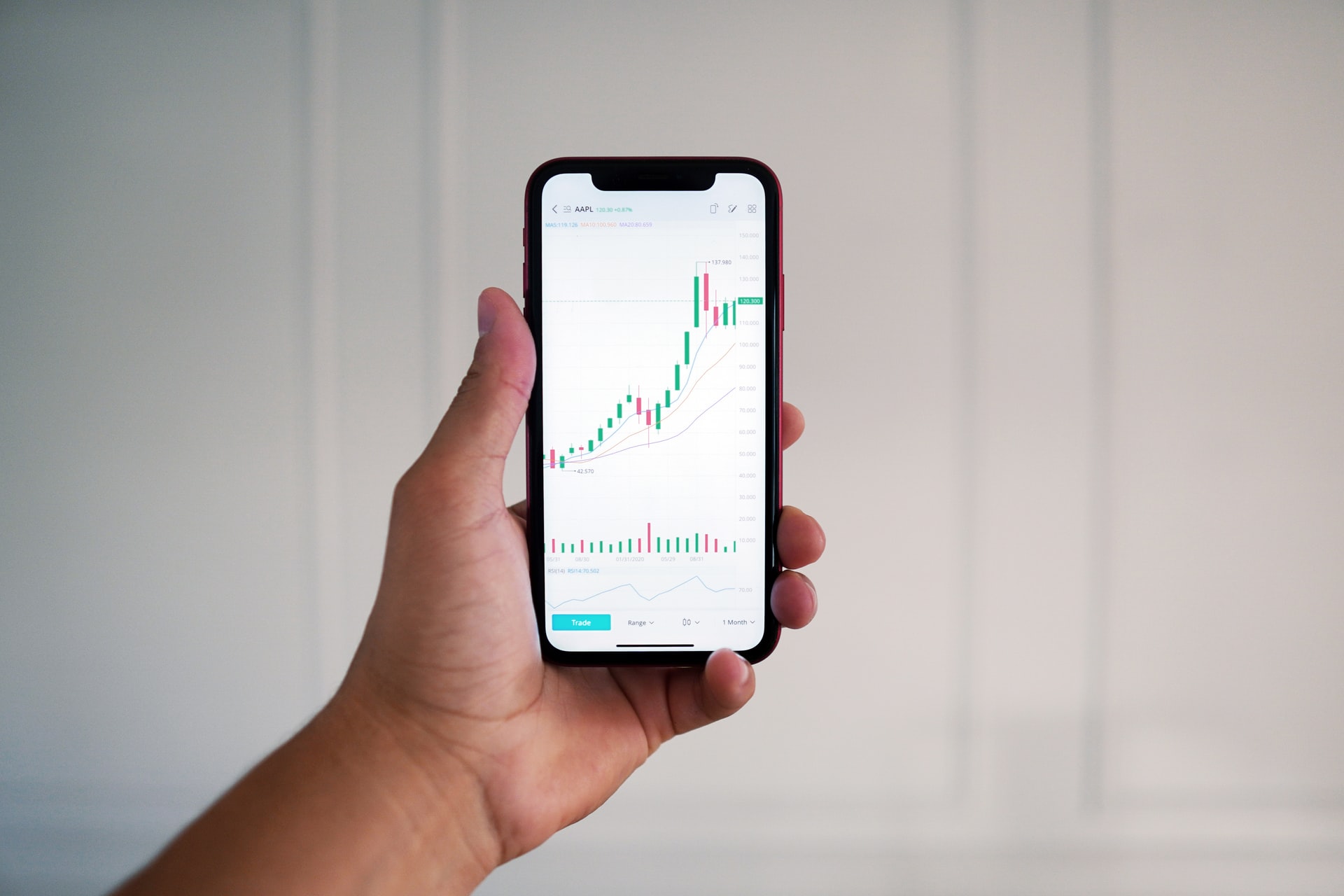Is micro investing worth it?
Micro investing has gained significant traction. Myriad fintech companies, ranging from Acorn to Raiz, purport to make investing easy. But are micro investing apps as good as they seem?
What is micro investing?
Micro investing involves automatically investing small amounts on a frequent basis. A common model is to connect the investing app to a credit card or a bank account. It will then ‘round up’ any spending and invest the rounded up amount in the market. Thus, if you buy a coffee for $3.50, the app would then automatically invest $0.50.
The apps typically allow a selection of investments. Usually, these involve buying into funds or buying shares in ETFs within the app. The range will vary. Some apps – such as Raiz – allow cryptocurrency investments.
The apps often have a monthly fee or management fee. For example, Raiz has a monthly fee on balances below a certain threshold and a percentage fee for balances above the threshold. There would typically be fees upon fees as ETFs themselves involve fees.
Advantages of micro investing
The core advantage is that it forces people to save / invest. If you have difficulty restraining your spending. Or, you have difficulty setting aside money to invest, this is a relatively straightforward way to do so. That is, it helps to mitigate absent mindedness or inattention.
Micro investing can also look like a simple and easy way to invest. The apps are typically uncomplicated. They typically simplify the investment process and remove the complexity and ‘difficulty’ of investing on a broker. In a broker, you would need to choose an ETF, determine prices to trade at, and make the trade. This can appear intimidating to some and deter investment. The micro investing apps gloss over this.
Disadvantages of micro investing
There are several disadvantages with micro investing:
- The investment options can be limited. If an investor wants to invest in a specific ETF or a specific stock, it might not be in the app.
- There can be counter-party risk. Investors must trust that the money they invest is either appropriately held in trust and/or that the app will remain solvent. It is important to check that the app properly handles investors’ money, does not treat the money as ‘their own’ and has appropriate risk management practices.
- Fees can be significant. The monthly fees might appear small. But, if there is a small investment balance, these fees can quickly add up. Additionally, the ETFs themselves have management fees. This can create fees upon fees.
- Scrutiny is required of the specific investments: It is important to scrutinize precisely what the micro investing app invests in. For example, if it facilitates crypto currency, where is the crypto currency held and in what form? This would be a key concern in the wake of the FTX bankruptcy.
What then does this mean for micro investing?
The overall implication is then that investors can consider micro investing. But, if the investor knows what they are doing, then it might be cheaper to simply save money and invest directly in the market. This is especially the case if the micro investing app would only have invested in ETFs. Nevertheless, it can be very convenient for investors and can be a useful aid to saving, albeit with some disadvantages.
